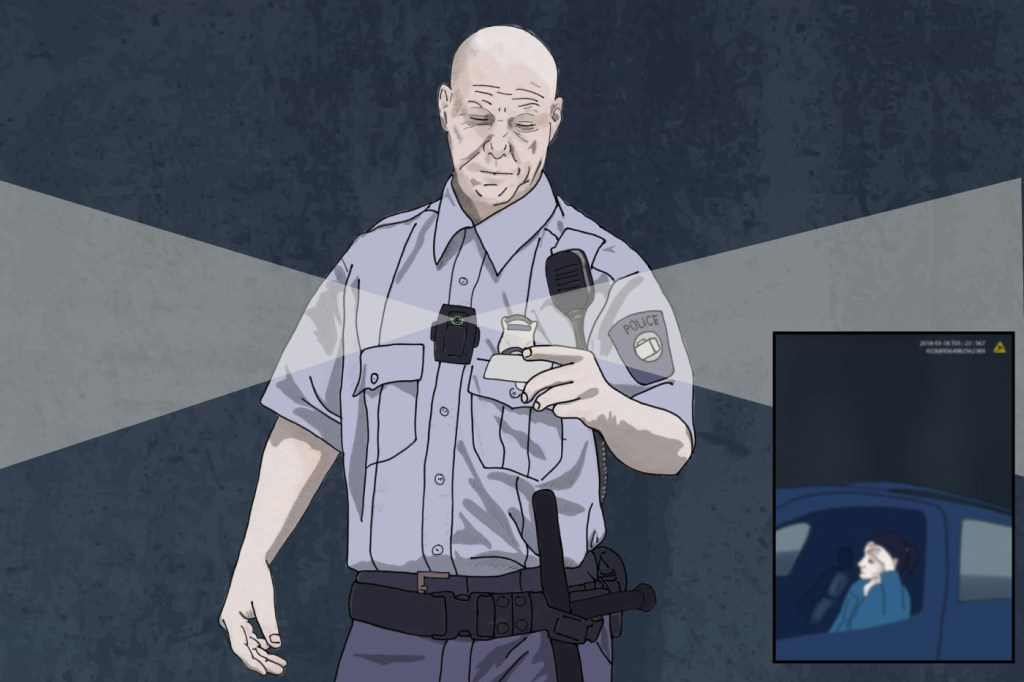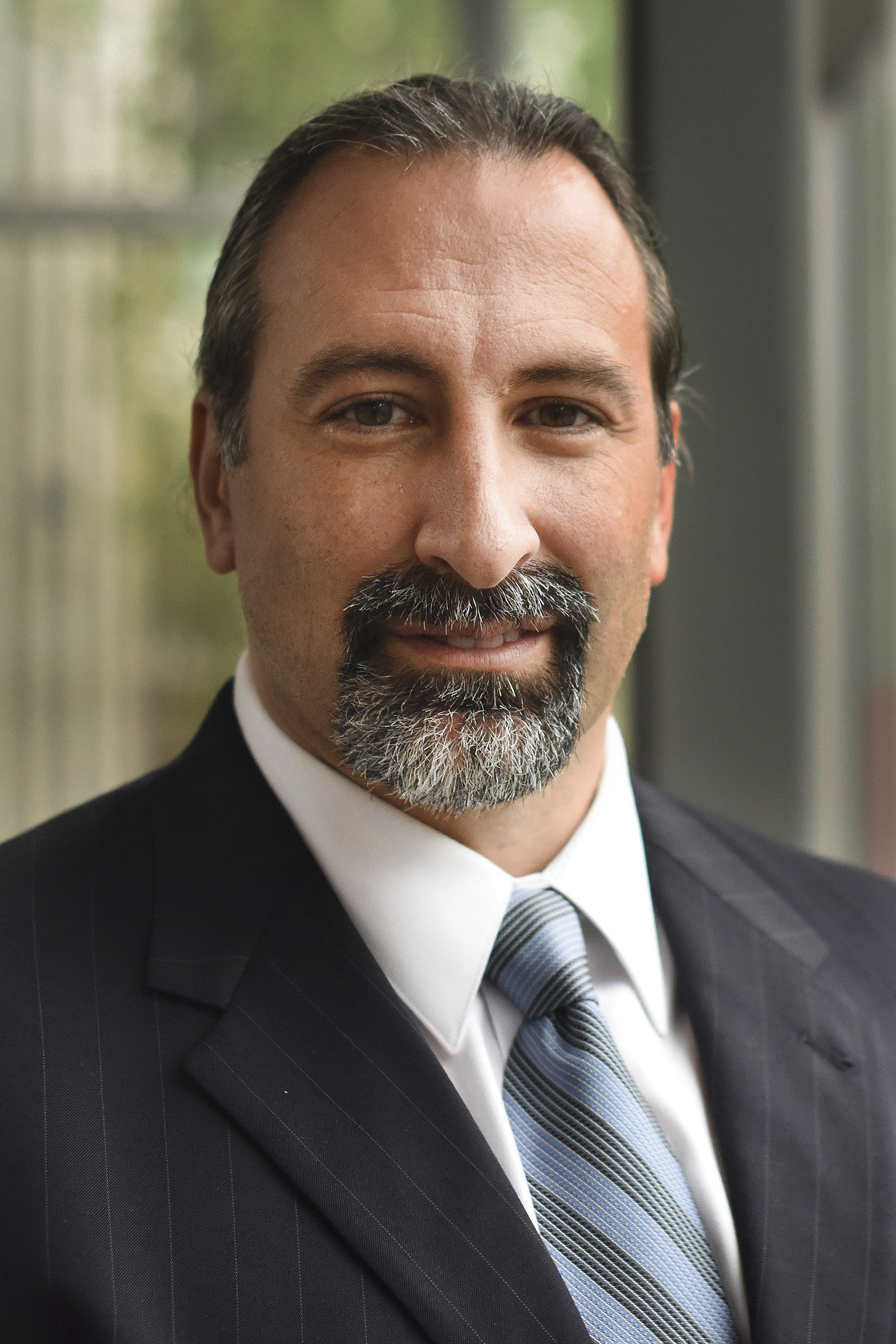Boston police to expand use of body cameras after Northeastern report shows they boost trust, lead to fairer trials

Police body cameras can improve trust between officers and citizens while providing valuable evidence to ensure fairer trial results, according to a Northeastern study of a year-long pilot project involving police body cameras in Boston.
“The basic takeaway is that body cameras generate a small but significant benefit in terms of civility, without interfering with the way officers do their job on a day-to-day basis,” said co-author Anthony Braga, a Distinguished Professor of Criminal Justice at Northeastern.
The potential benefits of the body cameras extend beyond mutual trust, according to Jack McDevitt, co-author of the study and director of Northeastern’s Institute on Race and Justice.
This study shows the potential value that body cameras can have as part of our overall strategy for strengthening ties between law enforcement and the residents they serve.
Martin J. Walsh, mayor of Boston
“One of the surprises was how valuable these videos are at trial for both prosecutors and defense attorneys,” he said. “Both sides said they believe videos make the results of court actions more just.”
The city plans to gradually expand the use of body cameras and has already allotted $2 million for the purchase of 400 additional cameras, according to a statement by Boston Mayor Martin J. Walsh.
“This study shows the potential value that body cameras can have as part of our overall strategy for strengthening ties between law enforcement and the residents they serve,” Walsh said.
Boston police superintendent William Gross also praised the program, saying in a statement that it has been “very important in understanding firsthand what members of the community believe will help the city move forward and how technology can play a role.” Gross has been named the successor to Boston police commissioner William B. Evans, who plans to step down on Saturday.


Braga noted that the presence of cameras did not change the number or type of interactions police had with the public, nor did it affect their interactions based on race, ethnicity, or gender.
“That’s all good news,” said Braga. “There was no change in the way they work, but the cameras did de-escalate a small but meaningful number of events.”
Body cameras can also improve police training and educate the community about the challenges and responsibilities faced by police officers, according to the report, which was released Thursday.
McDevitt, who conducted extensive interviews for the study, said the body camera project has received strong support across a wide variety of groups, including citizens, activists, police officers, lawyers, and more.
The study involved two primary measures: citizen complaints against officers and the number of times officers used force to handle a situation. These “use of force” reports, which are mandatory, provide an indication of how often officers can diffuse tense situations without physical intervention.
Braga said both measures were small compared to other urban police departments, and emphasized that these numbers had already improved dramatically in the four years prior to the pilot project. From 2013 to 2017, citizen complaints against the Boston Police Department dropped 46 percent and use-of-force reports decreased 52 percent.
However, the pilot program demonstrated that body cameras help the Boston police improve even more in both areas.
When comparing the 140 officers wearing body cameras with a similar number of randomly selected officers without cameras, Braga said there was a “small but meaningful” decline in both complaints and use of force. The group of 140 officers wearing cameras produced one fewer complaint and one fewer use-of-force report per month compared to the group without cameras.
The yearlong project produced 38,200 videos covering more than 46,000 hours. The authors said the quality of both the video and audio was good even at night and in bad weather. In addition to providing excellent evidence for prosecutors and defense attorneys, the report noted their value in police training and educating the community about how police officers handled confusing, emotional, and dangerous situations on a regular basis.
“The reality is that we have a good police department in Boston that interacts respectfully with citizens most of the time—and the videos show that,” said McDevitt.